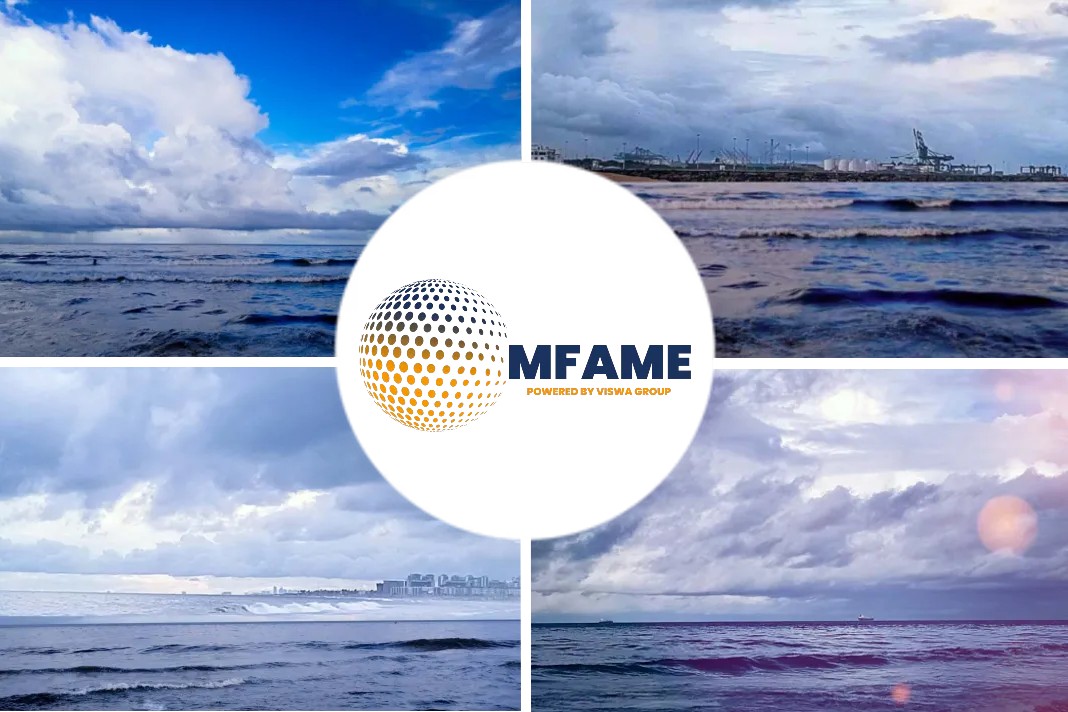Sellers of marine fuels should have a more profitable start to 2018, compared with the past year. But changes in regulations and falling consumption at some European ports will continue to be a drag on the industry.
Bunker buyers have had to adjust to a higher price environment, following a 25pc average bunker price rise over the past six months in Europe.
The higher prices — together with stronger margins for fuel oil — have helped bunker suppliers become more profitable, after several years of weak margins and slashed profits.
With crude values forecast to remain broadly stable for the next six months, bunker prices are expected to remain close to current levels.
In the previous European marine fuels Viewpoint, MGO demand was expected to increase. In the event, regulatory changes have yet to make any significant changes to distillate volumes. But bunker suppliers investing for a low-sulphur future are still expected to be best suited to meeting changing future demand patterns.
Major shipping companies such as Hapag-Lloyd and Maersk have said that they expect the current bunker price environment to remain buoyant into the beginning of next year. Maersk has said it expects a global bunker price of $314.99/t for full-year 2018. The price of 380cst bunker fuel at Rotterdam cost an average of $285.32/t in the 12 months ending 30 September this year, but has subsequently increased to an average of $322.83/t so far in the fourth quarter.
Major marine fuel suppliers are also increasingly confident that market conditions will remain profitable over the next six months.
Peninsula Petroleum recently increased its credit line by $100mn during November, bringing the group’s working capital to a total of $400mn. Extra working capital stands the supplier in good stead to deal with the increased fuel costs and higher levels of credit required to operate with the same volumes post-2020, when more expensive distillates and distillate-based blends are to become more dominant in the market. The move also displays the banking sector’s confidence in lending to a market that has suffered from weak profitability in recent years.
Danish bunker supplier Monjasa also announced in November that it was taking on a long-term charter for an 119,000dwt tanker to increase operations on the west coast of Africa. The move demonstrates bullish sentiment towards investment in the bunker sector by another major player in the market.
The bunker industry’s attention is increasingly turning to the International Maritime Organisation’s (IMO) 2020 0.5pc sulphur cap on marine fuel emissions, with vessel owners, suppliers and producers now having just over two years to put into place their strategies. Many vessel owners still only have a cursory knowledge of the issue, and are expected to comply by either using new low-sulphur fuels that have not yet been placed on the market, or with marine gasoil (MGO). Many questions surround new low-sulphur fuels, including their basic composition and compatibility between different blends. More details are expected to emerge over the next six months.
Concerns about non-compliance with the sulphur cap continue, but a meeting of the IMO sub-committee on Pollution Prevention and Response (PPR) in February will address issues surrounding the ‘consistent implementation’ of the sulphur cap.
The IMO’s 2020 sulphur cap has raised concerns about the survival of small and medium sized bunker firms. Suppliers have limited time to make decisions on issues such as storage options, while key information such as the number of blends that will be required and at what quantities remains unclear. This leaves small and medium sized suppliers vulnerable because of lower cash reserves and smaller capacities at storage facilities.
Bunker volumes are expected to continue decreasing at major northwest European ports. Rotterdam volumes have been hit as shipping companies have increased slow steaming and switched to larger container vessels, which has hurt bunker volumes despite an increase in throughput at the port. Higher activity in the North Sea offshore sector — on the back of higher crude prices — could help to soften volume decreases in northwest Europe.
The Mediterranean market is set to receive its first ship-to-ship LNG transfer vessel in the first half of 2018, in response to growing demand for low emission fuels. The vessel will be operated by Spain-based Cepsa and will be a multi-fuel ship, capable of supplying heavy fuel oil (HFO), diesel, marine gasoil (MGO) and liquid natural gas (LNG). The Mediterranean faces the possibility of being named as an emission control area (ECA), where ships would only be able to emit exhaust gases with a sulphur cap of 0.1pc, although this would not take place until 2020 at the earliest. Juan Garcia, director of Cepsa subsidiary Petrocan, expects bunkering activity to fall in Algeciras, remain the same in Las Palmas in the Canaries, and increase in Barcelona. The port with the highest bunkering growth is expected to be Tenerife — also in the Canaries — a bunkering location that is growing in prominence.
Did you subscribe for our daily newsletter?
It’s Free! Click here to Subscribe!
Source: Argusmedia

















